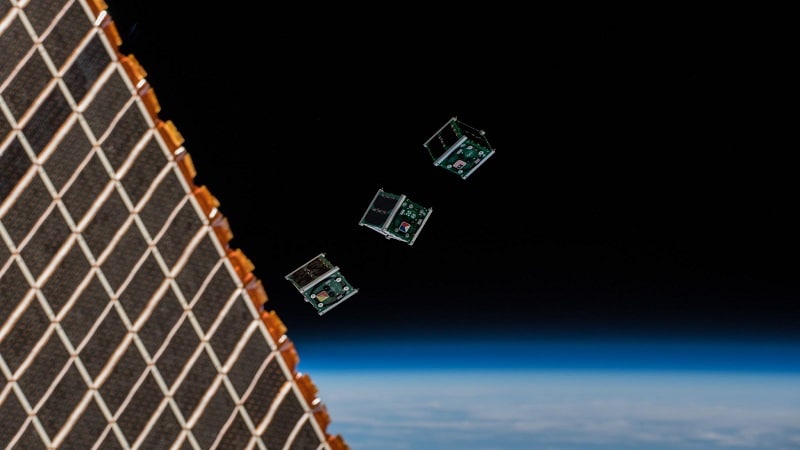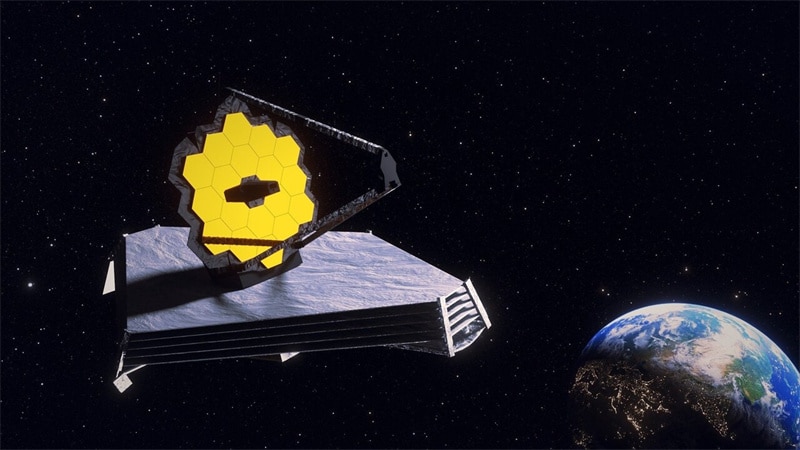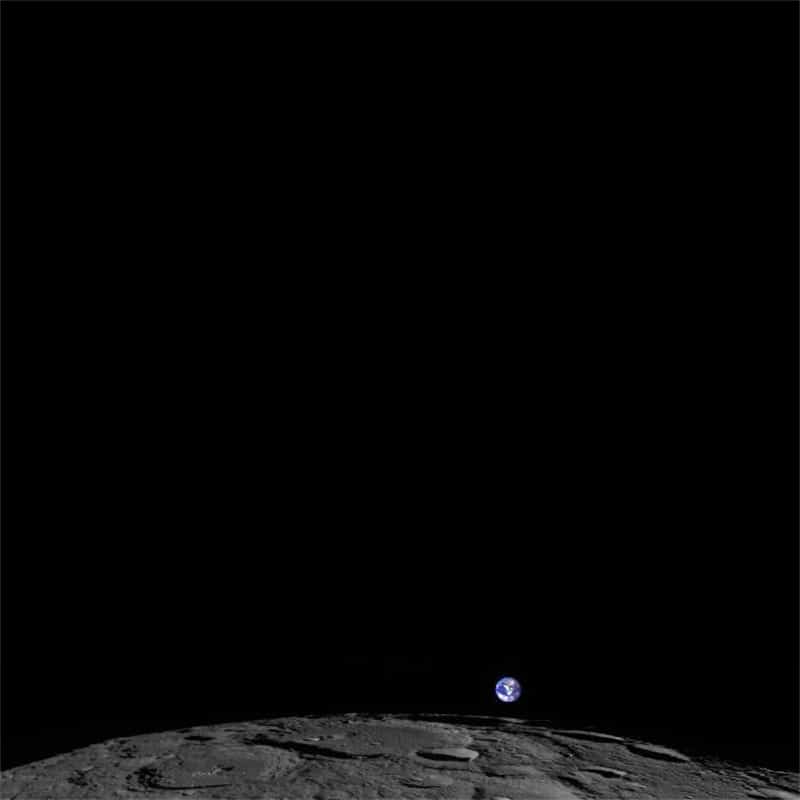
How Are Satellite Cameras Helping with Today's Space Exploration?
Satellite cameras have been long used in space exploration. Mini and microsatellites are preferred to their big brothers because technology is quite advanced today. Such types of satellites have reduced sizes, whereas their functionalities are improved. The revolution of the world of satellite cameras and many other different payloads has continued to bring advancements not only in the world of space exploration but also in managing space payloads.

Satellite technology advancements are pushing the limits of what's possible when it comes to designing satellite subsystems. Sizes have drastically changed, and older payloads like satellite cameras have been replaced with high-performant and ultra-light alternatives. Satellite camera access is being given when there's a need to change the way in which satellites are being launched.
Newly developed satellites are so lightweight that it's possible to launch a few of them with one rocket. Luckily, they have an infinite number of applications. One of the most interesting advancements in the past years has been NASA's project on working with SmallSats propulsion methods.
What Is Satellite Camera and How Does It Work?
SmallSats are made with a few components such as power supply units, receivers, sensors, solar cells, and communication units. These are all connected to the onboard computer. Most of these instruments are designed for technology demonstration, Earth observation, or scientific studies. Besides, they can function in the most extreme conditions. Satellite camera use in space exploration involves capturing space through electromagnetic waves.
Sensors of space exploration instruments receive signals that are reflected or emitted by Earth objects or their surrounding area. Satellite cameras capture hyperspectral, multispectral, or panchromatic images. Such photos are available on Google Maps. If high-resolution images are to be captured, then payloads must be accurate and reliable.
It's very important that satellite cameras don't have only a compact design but also that these cameras showcase the most complex functionalities. Mini cameras explore space similarly to aerospace cameras, yet some have advanced specifications. For example, some cameras are capturing hyperspectral images, as well as images of narrow spectral areas across the whole spectral range.

How to Choose Satellite Cameras?
Satellite cameras are chosen according to several factors that need to be taken into consideration. First, it's important to make sure that their size is suitable for a satellite. Their mass needs to be kept in mind as well. People should choose from cameras that are designed for many loads. These cameras should integrate most designs of satellites, but there are some other aspects that must be prioritized.
When it comes to design, satellite cameras should withstand any adverse conditions. This is to ensure that images don't suffer distortion. Cameras should have high-quality lenses that don't only prolong their life, but also provide superior functionality. And this is solely for the purpose of capturing images more easily so that the information received from space is more accurate.
When it comes to resolution, there's the ground sampling distance (GSD). This determines the smallest sizes of images that cameras can capture. Most market brands are offering hyperspectral and multispectral high-resolution imaging instruments. Space companies are competing when it comes to developing the most advanced satellite camera systems.
Satellite cameras that are integrated into smaller satellites provide the most accurate and reliable images. They use all sorts of special sensors that collect the EM radiation getting reflected from our planet. Because they have a compact design, they can survive in extreme conditions, out in space. Depending on the space mission and the spacecraft's size, the right camera size should be picked accordingly.
Small satellites present a lower risk when it comes to space debris. It has been estimated that over 30,000 junk space pieces have been orbiting the planet, and when this happens, there's a danger that active satellites collide with the debris. When this happens, more junk gets created, so the problem persists. As far as CubeSat satellites go, the danger is reduced because there's less surface for the debris to crash into.
CubeSat camera modules have various sizes, according to the size of the satellite on which they are placed. In most cases, CubeSat satellites can hold 1 Unit payloads and might weigh about 1 kg or so. However, they can also be at 6 Unit payloads, with a weight of 7-10 kg. When it comes to the resolution of the CubeSat camera, this can be selected depending on what are the needs of the mission. Also, different projects require the image quality to be at a certain level.
In the present moment and current situation, the world of space exploration is undergoing a renaissance period, and satellites are at the forefront. Satellite cameras are not only capable of monitoring the planet; they can also monitor space to keep us up to date on what has been developed lately. This information is crucial for space exploration, so people are waiting to see what will happen next in this sector.










